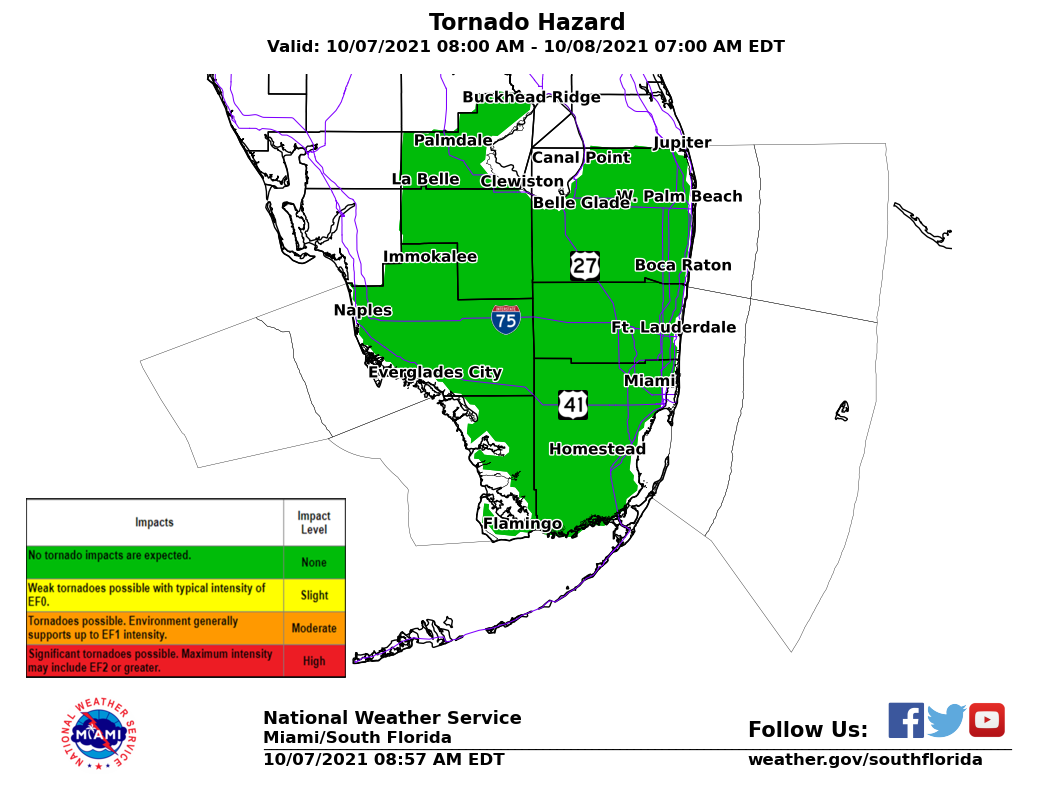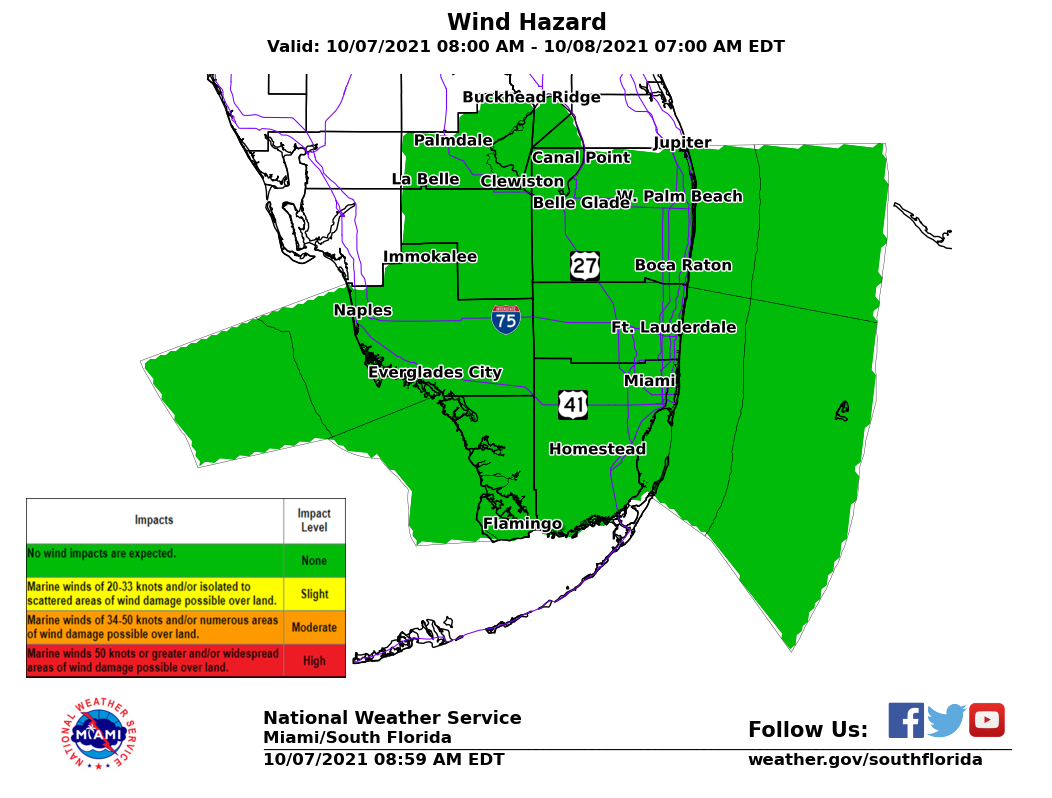Its our annual ritual, a 6 month season that keeps our nerves on edge until the very end. It starts Friday June 1st.
Will we get hit? Will we be spared? How many hurricanes will there be? Why do these monster storms even exist?
Lets start with the 2018 forecast.
The National Hurricane Center thinks we could see 10 - 16 Named Systems, out of which 5 - 9 will turn into Hurricanes, and out of that number, 1 - 4 could become major hurricanes with winds over 111 miles per hour. Compare that with average, and we should be slightly above typical.
This year the season kicked off early with "Alberto" spinning in the Caribbean and Gulf of Mexico.
This year the season kicked off early with "Alberto" spinning in the Caribbean and Gulf of Mexico.
But what does all this mean?
These projections are an attempt at getting you to prepare, but remember, not one seasonal forecast will tell you when and where a system will strike. If we end up with 20 hurricanes in one year and not one makes landfall, did it really matter? We could see the opposite, a forecast calling for 8 hurricanes and only 1 moves onshore right over us as Andrew did in 1992. That year we ended up with 7 named systems, 4 hurricanes and one major storm. That's why we should always prepare as if we will get hit and we'll be ready for whatever Mother Nature sends our way.
What are the names for this year?
Alberto, Beryl, Chris, Debby, Ernesto, Florence, Gordon, Helene, Issac, Joyce, Kirk, Leslie, Michael, Nadine, Oscar, Patty, Rafael, Sara, Tony, Valerie, and William.
The names chosen have to represent the languages spoken throughout the Atlantic Basin, which include: English, Spanish, French and Dutch. They are chosen by the World Meteorological Organization. This is why you may see a Chris, an Alberto, Michael, and Beryl.
Names are chosen 6 years in advance and are repeated every 6 years as well. If a storm becomes deadly or causes catastrophic damage, then the name is retired. This is why we will never see another "Maria" again, at least in name.
If you want to see the list of upcoming names through 2023 click on the following link.
More Names Here
What about El Niño?
El Niño is a warming of the Equatorial
waters of the Pacific Ocean that impacts both marine and atmospheric
currents worldwide. Its like shaking a snow globe. The altered currents
cause weather disruptions worldwide. For us, it creates hostile
conditions for hurricanes to grow. An El Niño forecast was issued in May and it calls for typical temps, neither warmer nor colder. This is known as Neutral conditions. It should remain this way possibly through the end of November. The opposite of a hotter Pacific Ocean is called La Niña, this cooling is worse for us as it makes conditions favorable for hurricanes to grow.
Why does Hurricane Season start in June and end in November?
Why does Hurricane Season start in June and end in November?
This is a man-made timeline. Hurricanes can happen any time of year as long as the ingredients for storm formation are present.
The most important ingredient is water temperature. If the sea surface temp is above 80°, you could see storms forming, anything less and the chances are very poor.
It just so happens that waters across the Atlantic Basin are at their warmest from June thru November. A quick search of the National Hurricane Center's archives finds the first system of 2016, Hurricane Alex, developed on January 12th.
Why do we get hurricanes?
Our planet is constantly trying to keep our temps in the "Goldie Locks" zone, not too hot and not too cold. During the summer months the Global Ocean soaks up a lot of heat energy from the sun. This heat needs to be released some how, so Mother Nature spins up the World's biggest storm... a Hurricane.
They act as a vacuum cleaner sucking up all that heat from the water and shooting up into the upper levels of the atmosphere where it gets cooled off and returned to the surface as mild temperate air.
If we didn't have hurricanes, after hundreds of years, the tropics would get so stifling hot, that neither flora, fauna, nor humans could survive. Its too bad that these temperature regulators can be so violent.
A cooler Atlantic is one of the reasons NHC thinks tropical action may not be so active this season.
But we can prepare. A hurricane will never take you by surprise, many times you will see me ad nauseam, a week in advance, telling you one is coming. You can get ready, or get out of its path. I, along with the rest of 7Weather weather team, Meteorologists Brent Cameron, Vivian Gonzalez, and Karlene Chavis, will keep you informed the entire season. Here's hoping you don't see much of us this year.
We will air a one hour program called "Surviving a Storm" Friday June 1st, at 8 pm. It will look back at the Keys to see how they are coming along after a direct hit by Irma. A review of Maria's destructive path through the Tropics, plus plenty of reminders on what to do to prepare for any threat. Please join us.
Our planet is constantly trying to keep our temps in the "Goldie Locks" zone, not too hot and not too cold. During the summer months the Global Ocean soaks up a lot of heat energy from the sun. This heat needs to be released some how, so Mother Nature spins up the World's biggest storm... a Hurricane.
They act as a vacuum cleaner sucking up all that heat from the water and shooting up into the upper levels of the atmosphere where it gets cooled off and returned to the surface as mild temperate air.
If we didn't have hurricanes, after hundreds of years, the tropics would get so stifling hot, that neither flora, fauna, nor humans could survive. Its too bad that these temperature regulators can be so violent.
A cooler Atlantic is one of the reasons NHC thinks tropical action may not be so active this season.
But we can prepare. A hurricane will never take you by surprise, many times you will see me ad nauseam, a week in advance, telling you one is coming. You can get ready, or get out of its path. I, along with the rest of 7Weather weather team, Meteorologists Brent Cameron, Vivian Gonzalez, and Karlene Chavis, will keep you informed the entire season. Here's hoping you don't see much of us this year.
We will air a one hour program called "Surviving a Storm" Friday June 1st, at 8 pm. It will look back at the Keys to see how they are coming along after a direct hit by Irma. A review of Maria's destructive path through the Tropics, plus plenty of reminders on what to do to prepare for any threat. Please join us.














































